Band On the Run by Paul McCartney & Wings
Buy Band On the Run Paul McCartney finally hitting on all cylinders in his post-Beatles career with Band on the Run. It was his fifth such album since the 1970 breakup of the […]
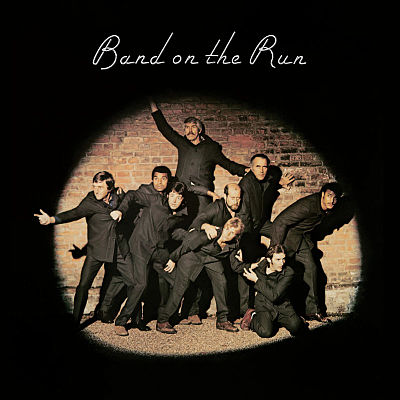
Buy Band On the Run Paul McCartney finally hitting on all cylinders in his post-Beatles career with Band on the Run. It was his fifth such album since the 1970 breakup of the […]
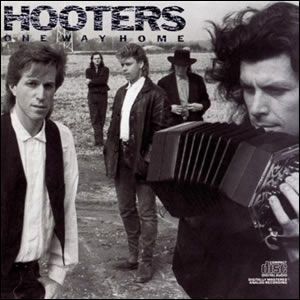
Buy One Way Home After two years of extensive touring in support of their first major label success, Nervous Night, the Philadelphia based group The Hooters returned to the studio to record One […]
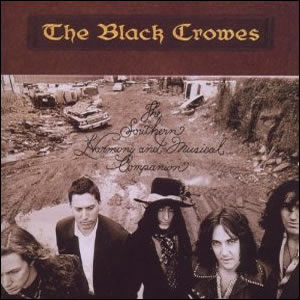
Buy The Southern Harmony & Musical Companion With the follow-up to their blockbuster 1990 debut, The Black Crowes took a more rootsy and soulful approach with The Southern Harmony & Musical Companion. That […]
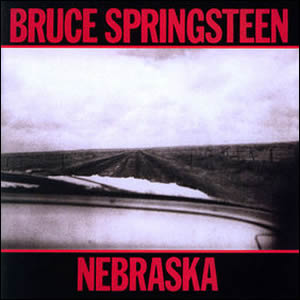
Buy Nebraska Bruce Springsteen‘s 1982 solo album Nebraska was an original “demo” that found unexpected life as a major label recording by a major label artist. The tracks for this sparsely-recorded album were […]

Buy Marshall Crenshaw Marshall Crenshaw writes songs that could be described as simple, traditional pop/rock songs with a hint of Rockabilly in the tradition of Buddy Holly and early Beatles. In fact, Crenshaw […]

Buy Never Mind the Bollocks, Here’s the Sex Pistols The ongoing tradition of rock n roll has always been to push conventional boundaries and be a voice for the youth. In the 1950s, […]
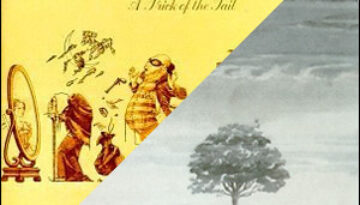
Buy A Trick of the Tail Buy Wind & Wuthering We love Genesis here at Classic Rock Review. Although, this is certainly not evident by our treatment of the band so far in […]
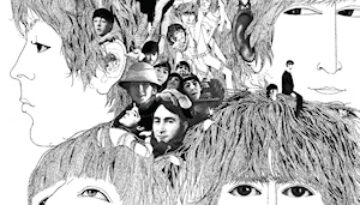
Buy Revolver As many times as I’ve heard someone say they love The Beatles, I have heard someone else say they think they are overrated. To a generation of listeners raised in the […]
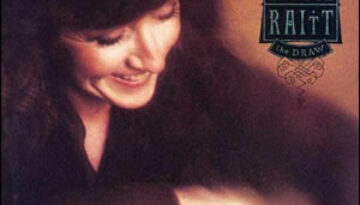
Buy Luck of the Draw It had taken nearly two decades for Bonnie Raitt to achieve the commercial success that critics had long felt she would achieve. That success came with Raitt’s 1989 […]
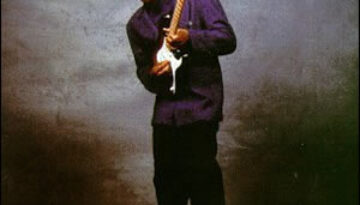
Buy Strong Persuader The 1980’s music scene is best remembered by most people as a time when synthesized sounds ruled the radio waves and the glitzy MTV videos of hair bands and rap […]